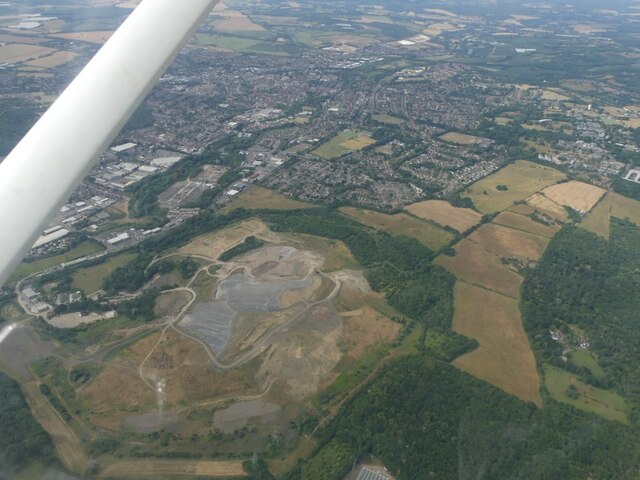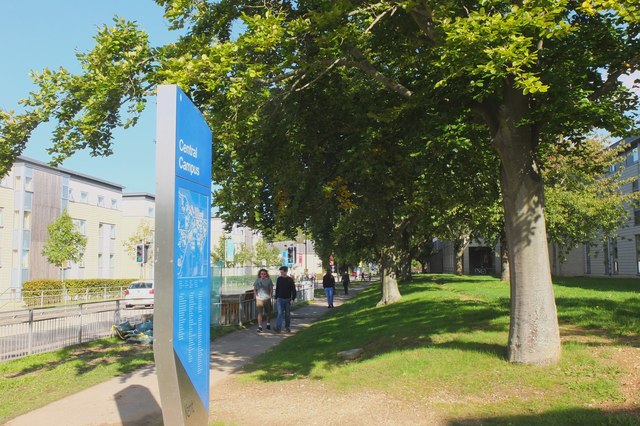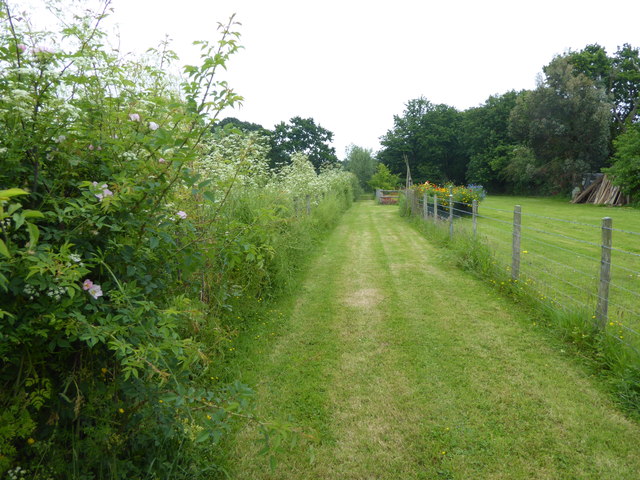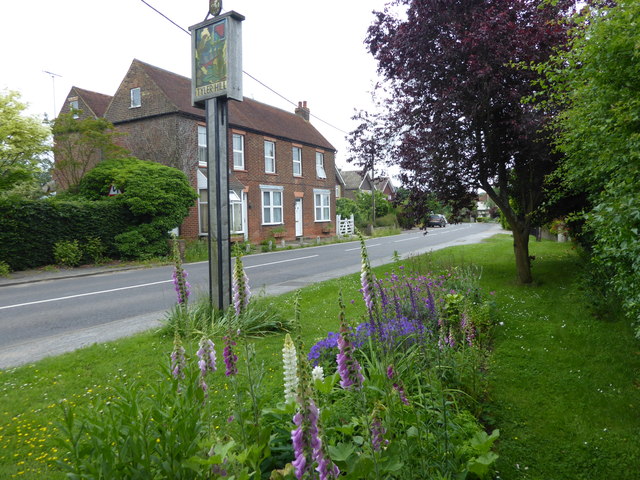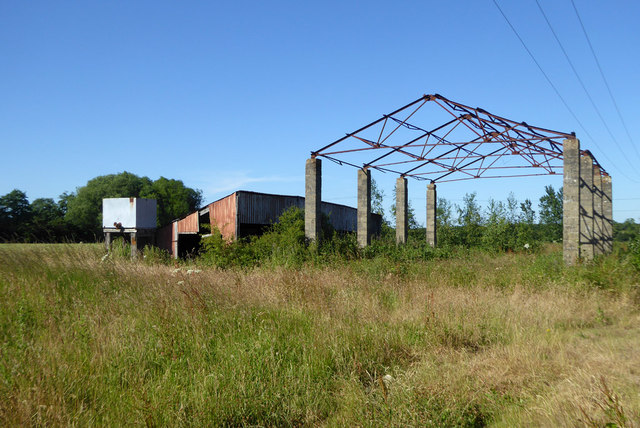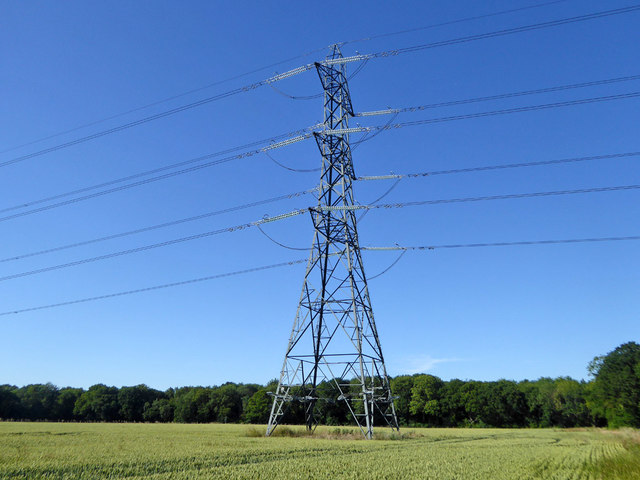Great Hall Wood
Wood, Forest in Kent Canterbury
England
Great Hall Wood
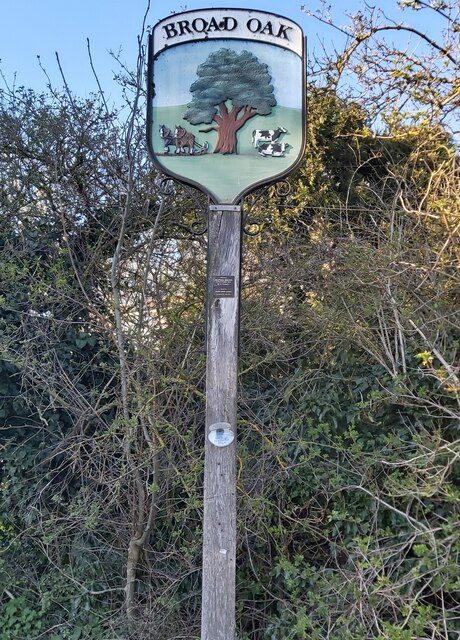
Great Hall Wood is a picturesque woodland situated in the county of Kent, England. Covering an area of approximately 100 acres, it is located near the village of Ashford, amidst the rolling countryside of the Kent Downs. The wood is a designated Site of Special Scientific Interest (SSSI) due to its rich biodiversity and historical significance.
The woodland is predominantly composed of native broadleaf trees, including oak, ash, beech, and chestnut, creating a diverse and vibrant ecosystem. It boasts a dense canopy, allowing only dappled sunlight to filter through, creating a serene and tranquil atmosphere. The forest floor is covered in a thick layer of leaf litter, providing a habitat for an array of flora and fauna.
Great Hall Wood is home to a variety of wildlife, including deer, badgers, foxes, and numerous bird species. The wood is particularly renowned for its population of nightingales, whose melodious songs fill the air during the breeding season. It is also a popular spot for birdwatching enthusiasts, offering opportunities to see species such as woodpeckers, owls, and various woodland songbirds.
The wood has a rich history, with evidence of human activity dating back to the Bronze Age. The remnants of ancient earthworks and burial mounds can be found within its boundaries, providing a glimpse into the area's past. Today, Great Hall Wood is managed by a local conservation organization, ensuring its preservation and protection for future generations to enjoy. Visitors can explore the wood through a network of well-maintained footpaths, offering a chance to immerse themselves in the natural beauty and tranquility of this enchanting woodland.
If you have any feedback on the listing, please let us know in the comments section below.
Great Hall Wood Images
Images are sourced within 2km of 51.307909/1.077889 or Grid Reference TR1461. Thanks to Geograph Open Source API. All images are credited.
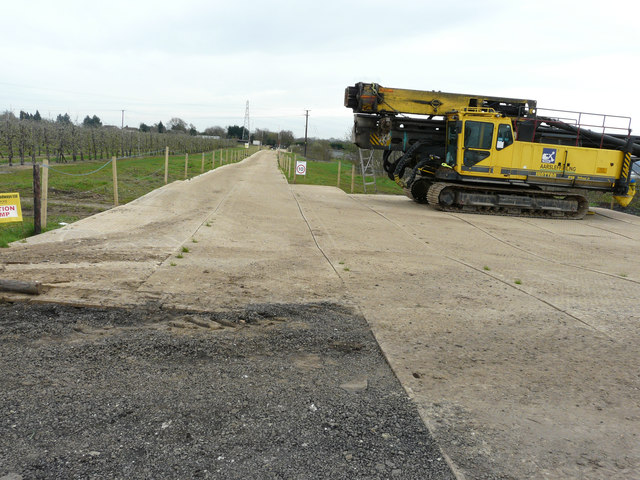

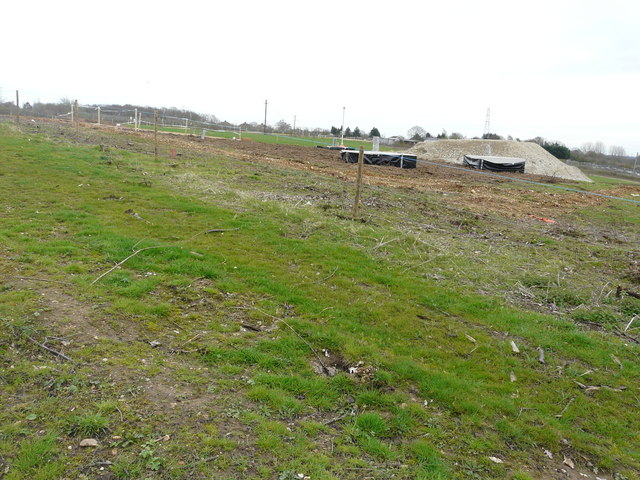
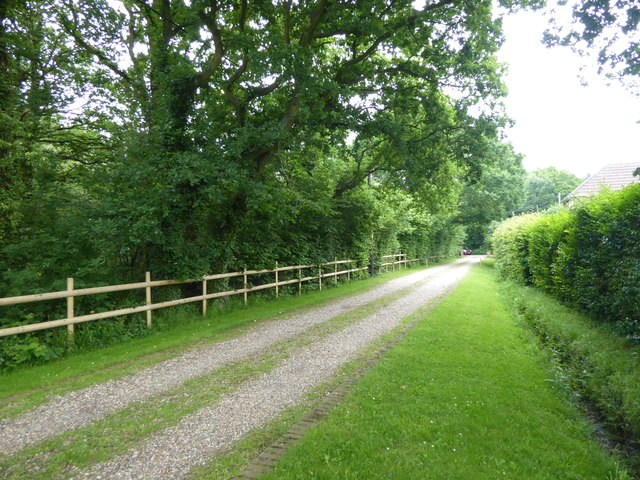
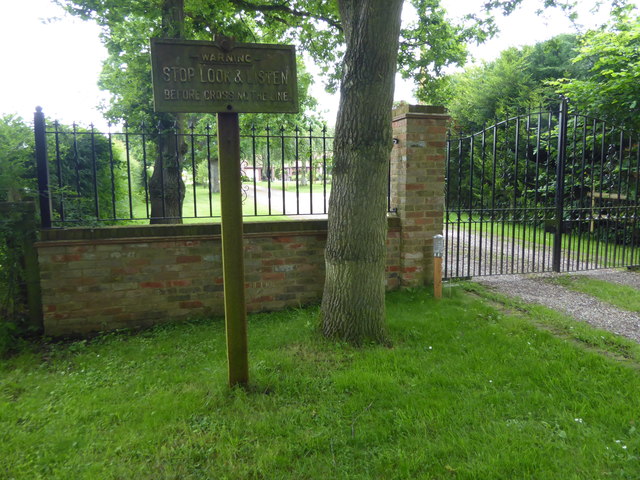
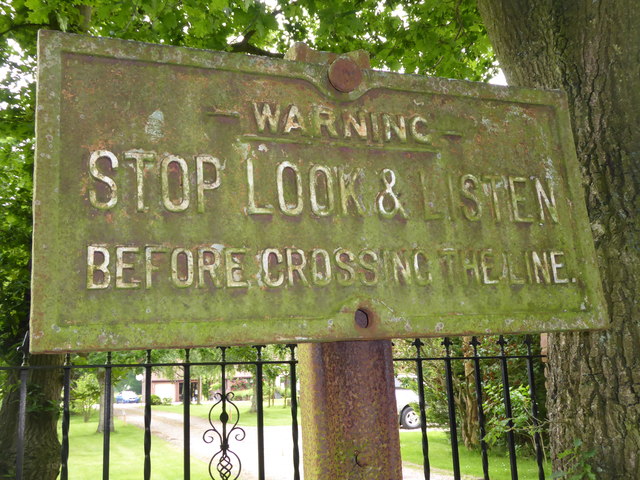
Great Hall Wood is located at Grid Ref: TR1461 (Lat: 51.307909, Lng: 1.077889)
Administrative County: Kent
District: Canterbury
Police Authority: Kent
What 3 Words
///swoop.convinces.status. Near Blean, Kent
Nearby Locations
Related Wikis
Hackington
Hackington is an area of Canterbury in Kent, England, also known (especially historically) as St Stephen's, incorporating the northern part of the city...
Tyler Hill, Kent
Tyler Hill is a small village on the northern outskirts of Canterbury, Kent in England. The population is included in the civil parish of Hackington. Its...
Tyler Hill Meadow
Tyler Hill Meadow is a 0.8-hectare (2.0-acre) Local Nature Reserve in Hackington, north of Canterbury in Kent. It is owned by Hackington Parish Council...
British Cartoon Archive
The British Cartoon Archive (BCA) is a department of the University of Kent, at Canterbury in Kent, England, and holds the national collection of political...
University of Kent
The University of Kent (formerly the University of Kent at Canterbury, abbreviated as UKC) is a semi-collegiate public research university based in Kent...
CSR 97.4FM
Canterbury Student Radio (CSR FM) is a membership based student and community radio station based in Canterbury, England. It is currently funded by Kent...
Hales Place
The residential area known as Hales Place is part of the civil parish of Hackington, and lies to the north of the city of Canterbury in Kent, England....
Kent Business School
Kent Business School (KBS) is the business school of the University of Kent. Although there are two business schools known as KBS, generally people seem...
Nearby Amenities
Located within 500m of 51.307909,1.077889Have you been to Great Hall Wood?
Leave your review of Great Hall Wood below (or comments, questions and feedback).
